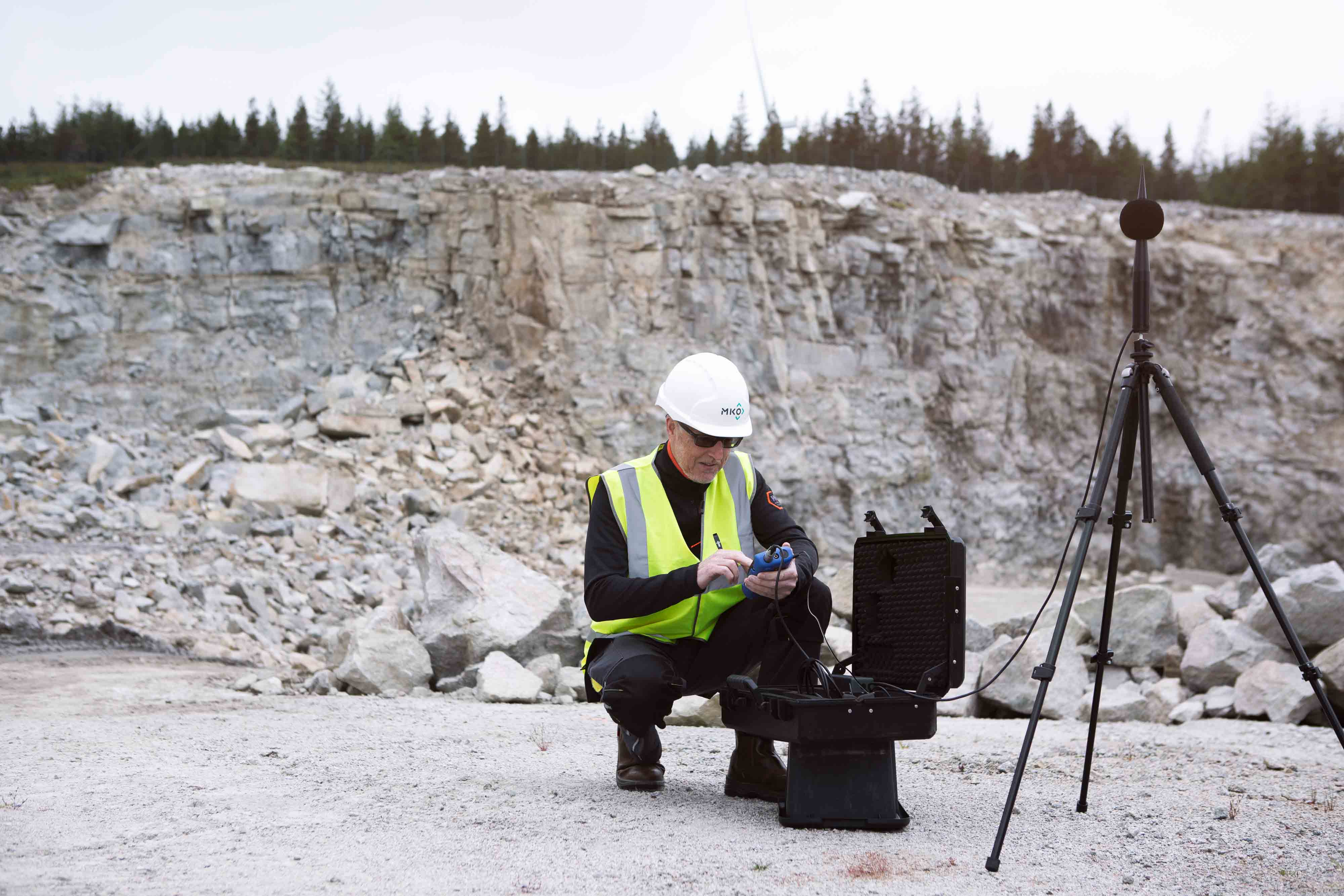In recent years, the EPA has begun including a requirement for noise management plans in industrial emissions licenses and waste licences. Licences typically require that a noise management plan is prepared and submitted to the Agency within 6-12 months of licence issue and that the plan be updated annually.
What is a noise management plan?
The Agency’s noise guidance note, NG4, defines a noise management plan as ‘that part of the overall [environmental] management system that addresses the environmental noise issues pertaining to an activity‘. In short, a noise management plan will identify any noise issues relating to the facility and will identify necessary corrective actions and how they will be applied. Through periodic review, the plan will assess the effectiveness of corrective measures, and identify further corrective actions, if required. A comprehensive noise management plan will include the following elements:
- Identification of noise criteria set out in the facility licence.
- A review of other relevant guidance documents, including BAT documents.
- A review of the recent noise monitoring history.
- Identification of limit breaches, or situations where limits were almost exceeded.
- Identification of other potential noise issues, such as the presence of tones or impulses.
- A review of current onsite noise sources, preferably ranked in relation to their contribution to facility noise emissions.
- A review of current mitigation measures in place.
- A review of the recent complaint history, and a review of follow-up action undertaken.
- An assessment of the site noise risk.
- Identification of noise issues requiring attention.
- Mitigation actions are required to address any issues identified.
Mitigation measures should be clearly set out, in terms of how they will be implemented, who they will be overseen by, when they will be actioned, and how they will be assessed and evaluated. It may also be necessary to consider potential secondary impacts arising as a result of such measures. At certain sites, it may be necessary to consider ground-borne and structure-borne vibrations affecting offsite receptors.
Installations where noise limits have been exceeded in the past, or where limited headroom exists, may be considered high risk. High-risk sites may have a history of noise complaints. The presence of noise-sensitive receptors nearby, or the proposed introduction of receptors to the area, may influence the noise risk. High risk sites will benefit most from a detailed noise management plan.
Many installations are low risk. These facilities consistently meet specified limits and do not give rise to noise levels of significance at offsite receptors. A medium risk facility may be well situated in relation to receptors but may have given rise to noise complaints in the past due to excessive or unusual emissions.
All facilities, including low risk sites, will benefit from a noise management plan. Even where not explicitly required by the site licence, a noise management plan is an effective tool in environmental management, designed to minimise the possibility of complaints and to ensure that potential noise issues are identified and resolved before they become problematic.
Our Acoustics team work with our EPA-licensed clients to ensure that their noise management plans are effective. If you have been asked to prepare a noise management plan, contact a member of our Acoustics team: info@mkoireland.ie
Even if your facility is not licensed by the EPA, a noise management plan can be a useful tool in ensuring compliance with noise limits, and minimising complaints from local residents.


